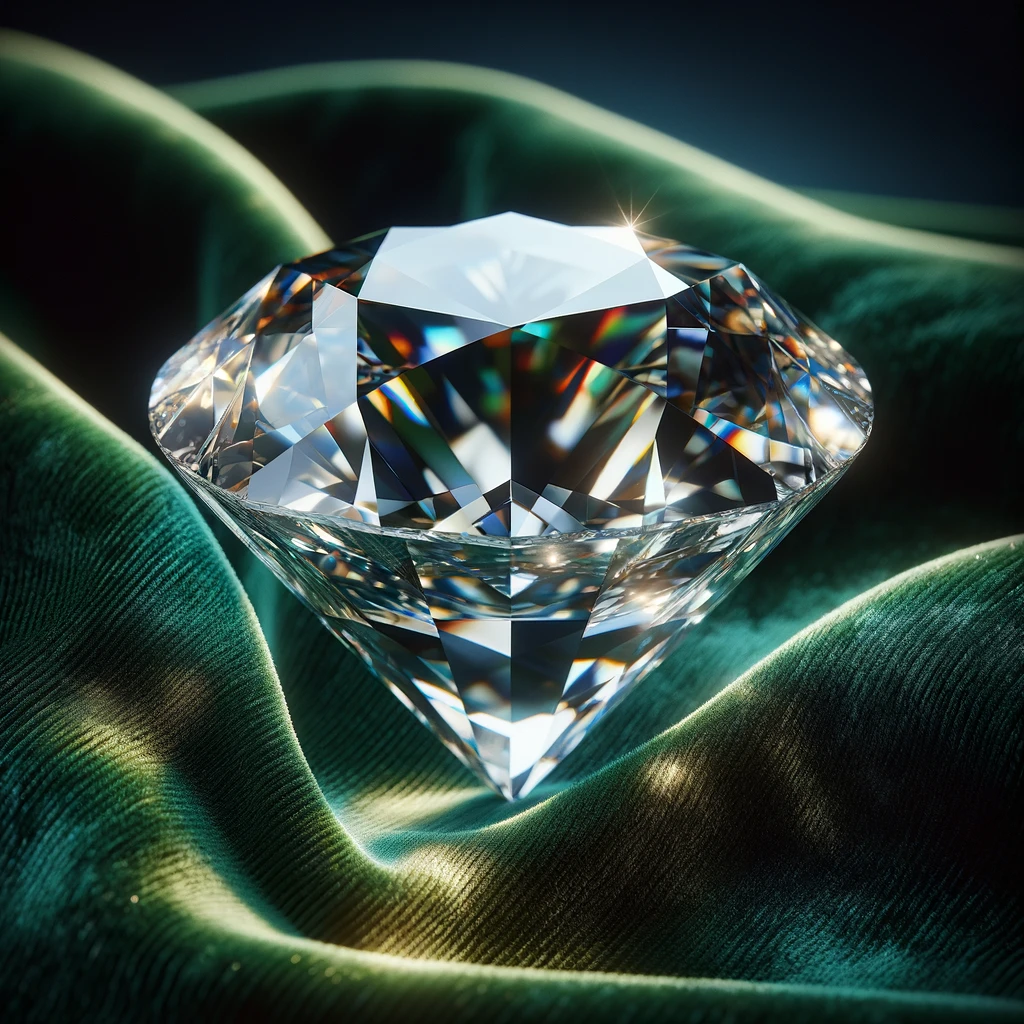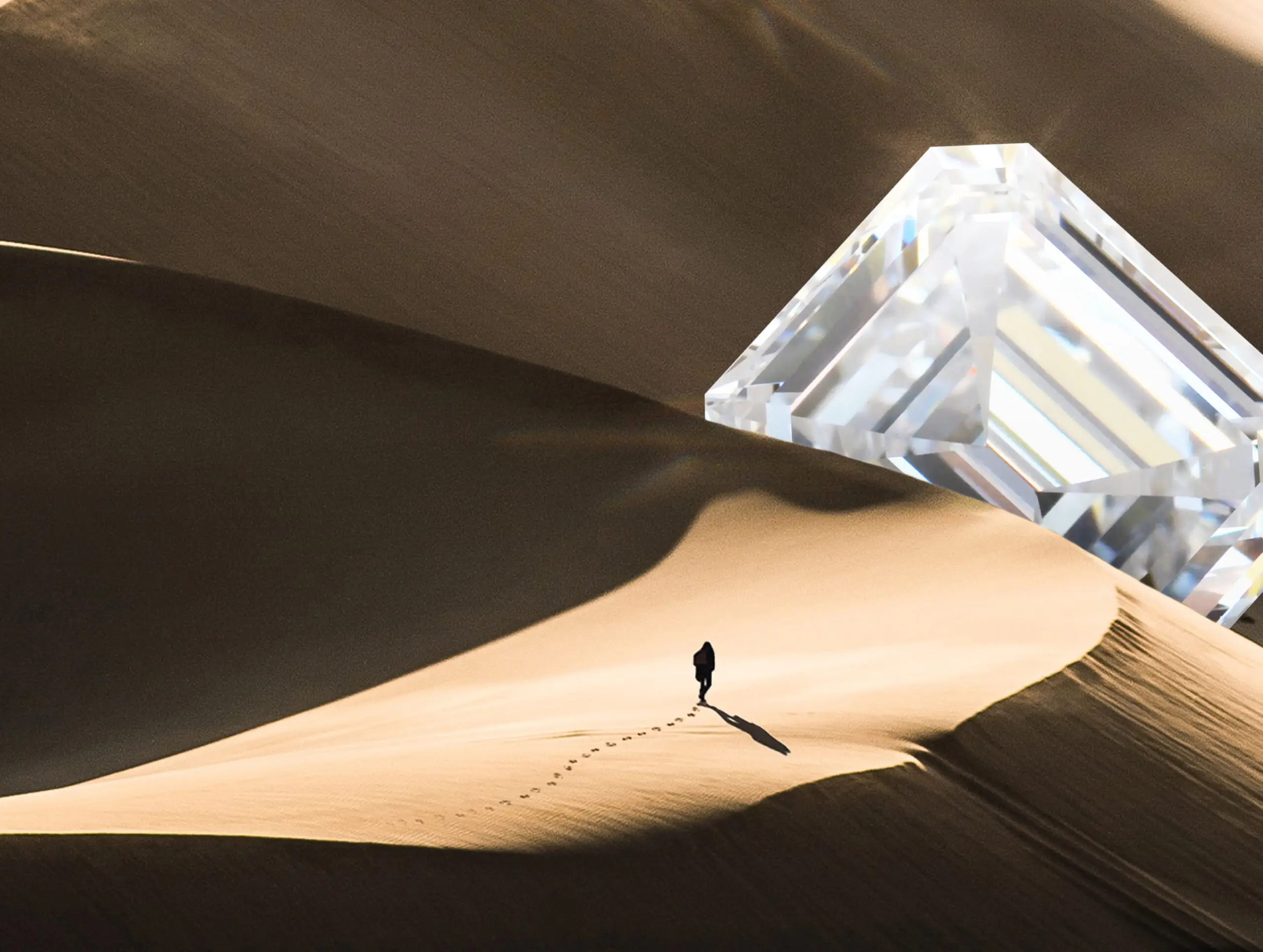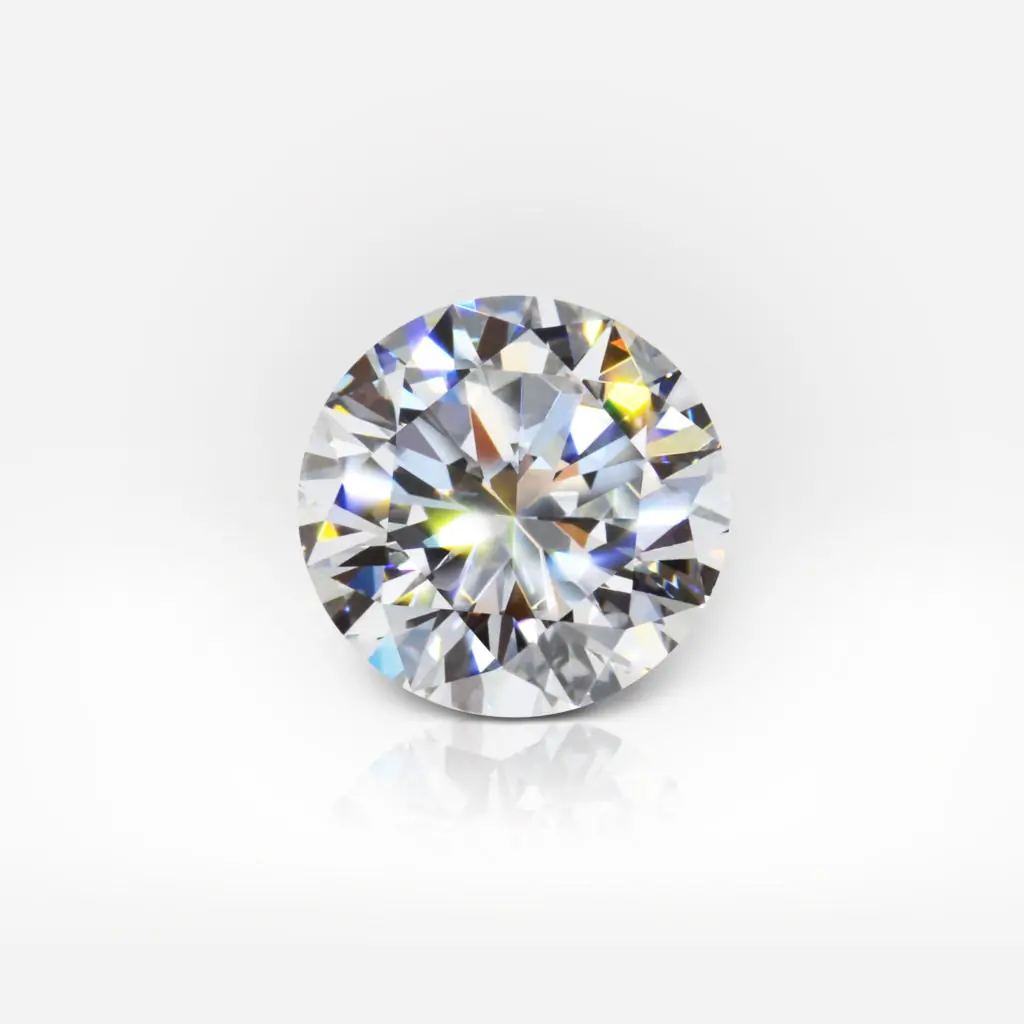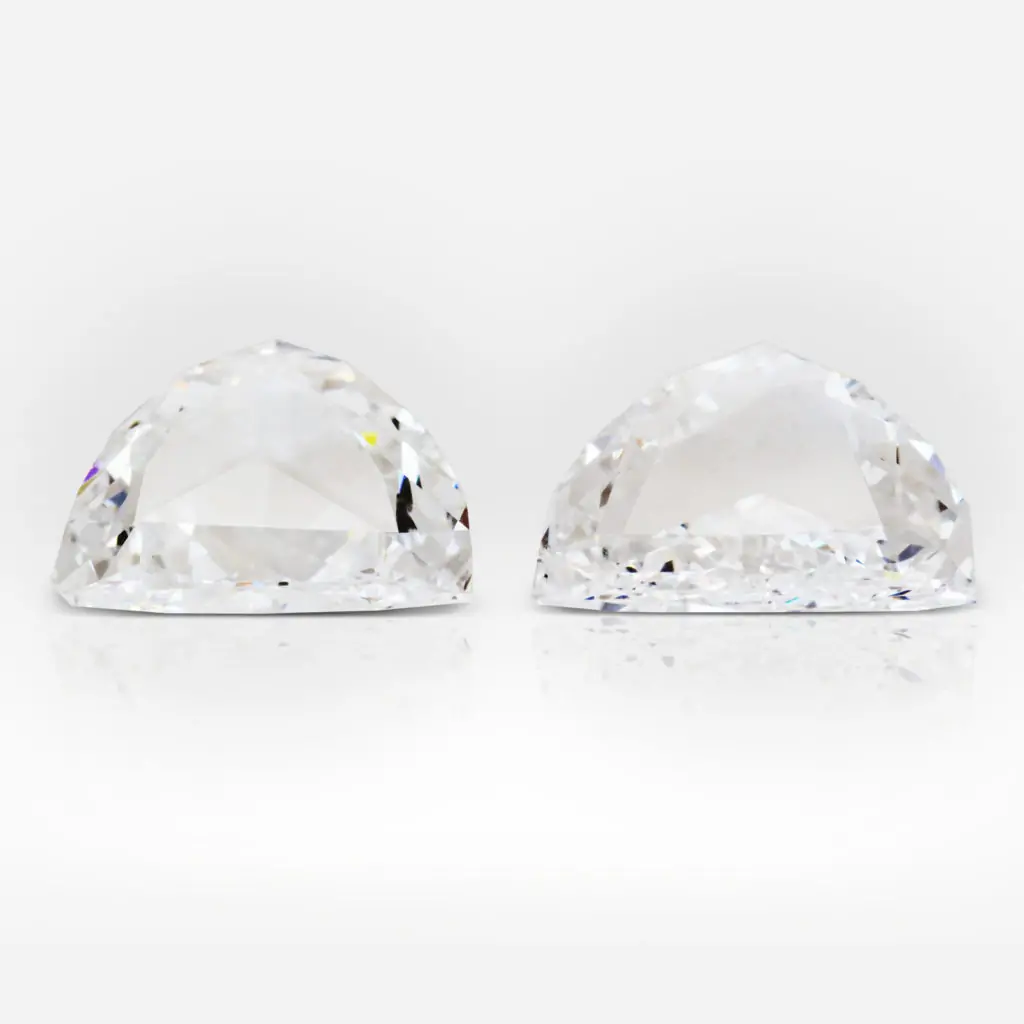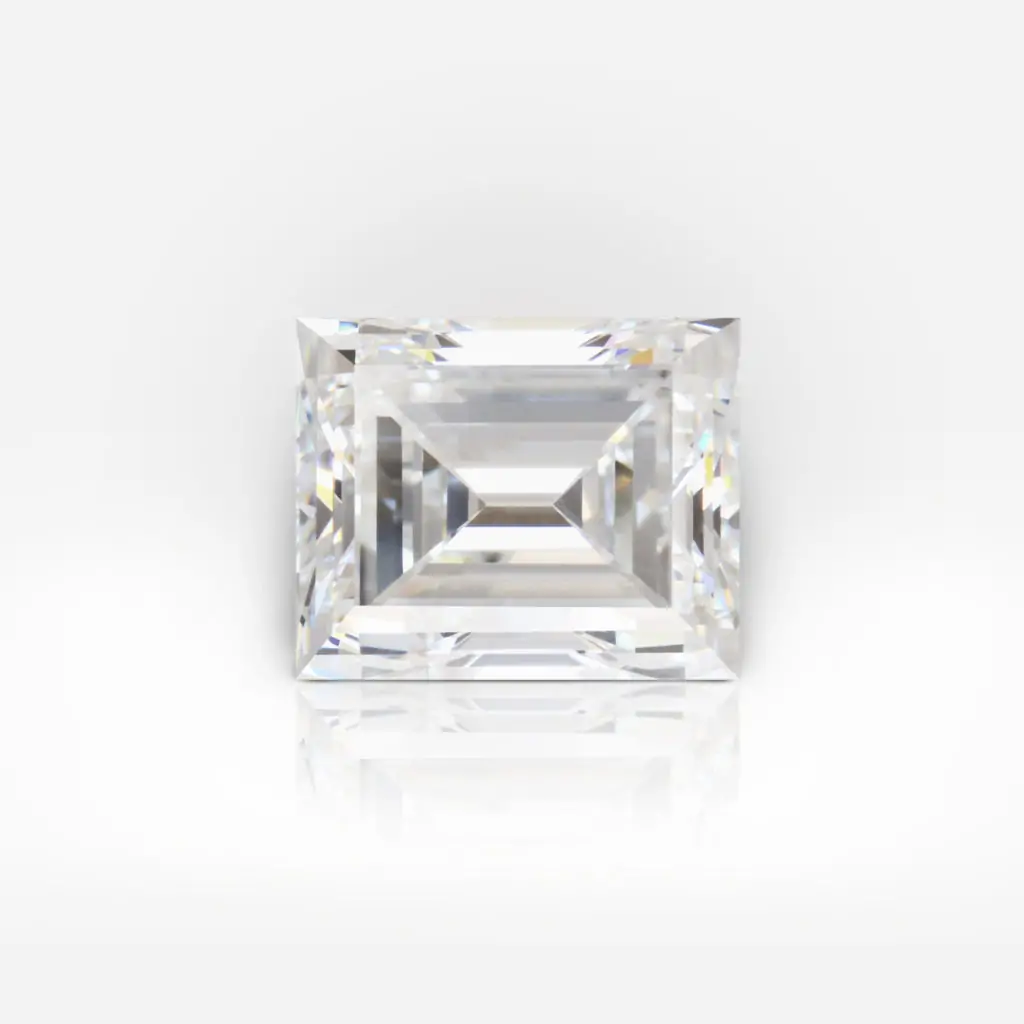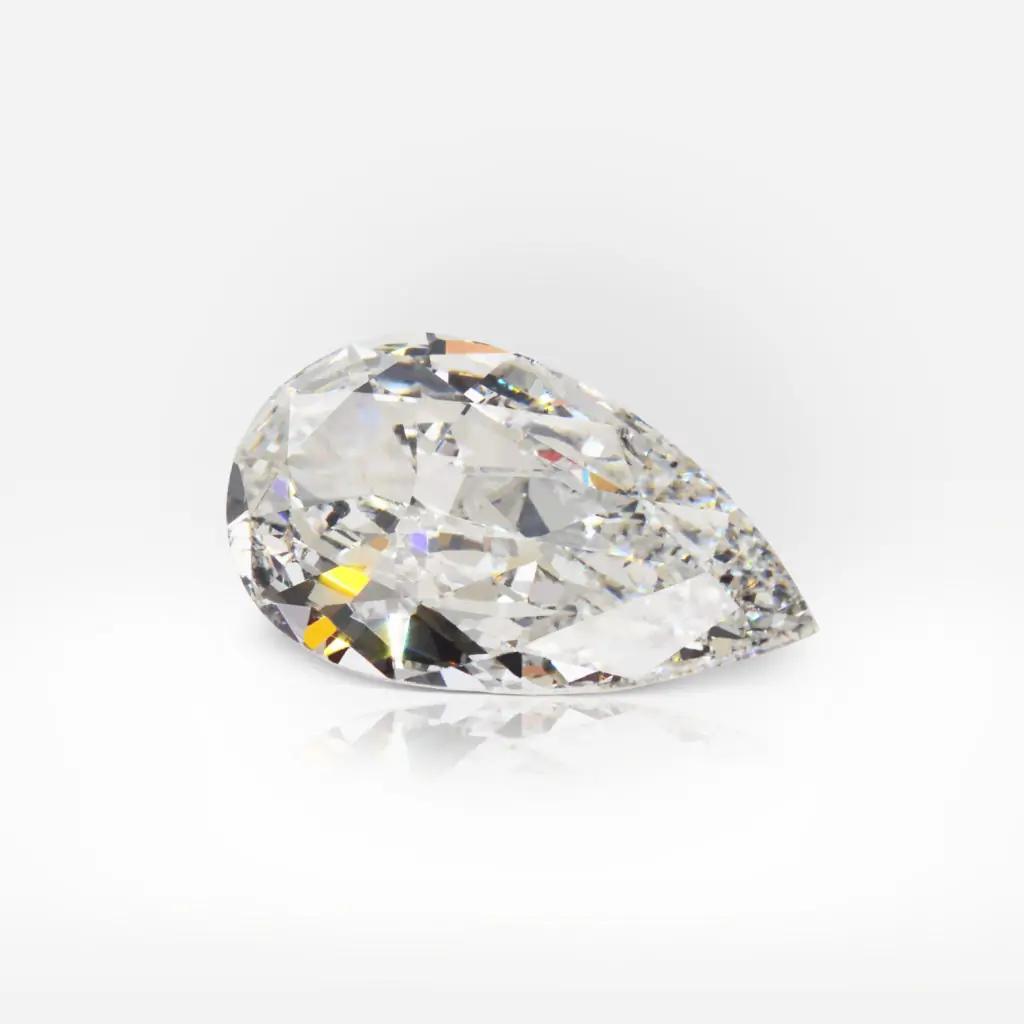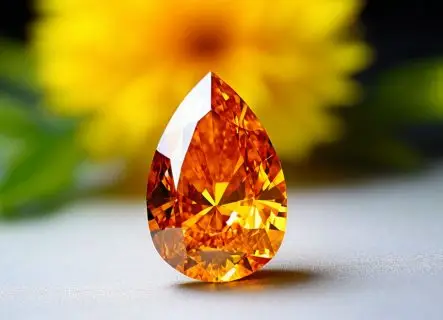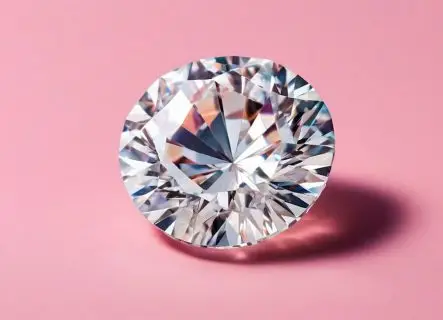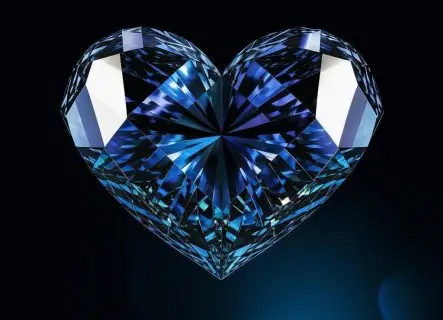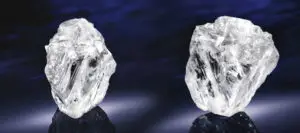
The exceptional quality of diamonds is evident even during their production, an amazing process that starts thousands of years underground. Long before humans appeared, diamonds were underground and came to the surface by a power that was nearly unheard of.
Natural diamond formation
The process of diamond formation takes thousands of years. However, how exactly does it happen?
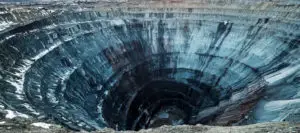
How are diamonds formed?
Certain regions of the earth’s mantle contain carbon atoms, which initiate the process of diamond creation. The process of diamond formation starts at very high temperatures and tremendous pressure. A solid diamond structure forms at roughly 725000 PSI and a temperature of about 2200F.
Since pure carbon is the only material used to produce diamonds, even minute flaws can alter the structure and color of these stones.
How long do diamonds take to form?
To put it mildly, the production of diamonds is not a quick process. Scientists estimate that it takes between one and three billion years, or between 25% and 75% of the age of our planet. The remarkable worth of diamonds depends on this feature – a time span that is beyond comprehension.
How do diamonds travel to the Earth’s surface?
A diamond is ready to be mined and then appreciated as soon as it is produced.
A diamond must first reach the highest point of the earth, though. Volcanic eruptions exposed the majority of the diamonds that were extracted.
Diamonds may turn into graphite en route to the surface if they are not extracted at a speed of thirty miles per hour.
How old are natural diamonds?
Natural diamonds are older than 900 million years, according to the British Jewelers Association. This indicates that diamonds predate dinosaurs in Earth’s history.
The oldest diamonds in the world date back almost three billion years. But this is not the norm; rather, it is a true exception.
The synthetic diamond formation
On the diamond market, there are other types of stones besides those found in nature. At least compared to the time when natural diamonds first started to emerge, synthetic diamonds are relatively new to the market.
Naturally, lab-grown or synthetic diamonds are not the same as real ones. The development process of artificial stones differs greatly from that of natural stones. Firstly, it takes a significantly shorter time, and secondly, artificial stones are more prevalent than real ones.
In any case, we have to talk a little bit about lab-grown diamonds because they are so common.
How are synthetic diamonds formed?
The creation of synthetic – or lab-grown – diamonds is a much less energy-consuming process. There are several methods and ways to create them.
HPHT method
High Pressure and High Temperature is an acronym that stands for this. These are the conditions in which diamonds generated in laboratories appear.
One of the earliest techniques for producing fake diamonds was HPHT. In the 1950s, scientists employed it to simulate the formation of diamonds naturally. In order to create diamond crystals, a metal catalyst such as iron, nickel, or cobalt is combined with a carbon substance like graphite, and the mixture is subjected to extremely high pressure and temperature.
It can take a few days or even weeks to develop multiple crystals. More specifically, the HPHT process can generate a 1ct diamond in two weeks.
CVD method
Another acronym for chemical vapour deposition is CVD. Using this technique, a tiny diamond seed crystal is placed in a sealed vacuum and exposed to high pressure, heat, and gas. The carbon atoms in the gas—often methane—are broken down by adding it and heating and pressurizing it to high temperatures. As a result, more crystals are formed by these atoms adhering to the diamond seed crystal. A diamond is finally produced by this procedure.
The CVD-created diamond is nearly identical to the natural one.
This process takes roughly a month to produce a 1 ct diamond.
Natural vs Synthetic diamonds
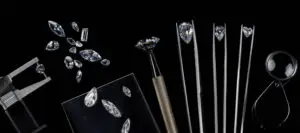
The topic of synthetic diamonds is debatable. Will a diamond generated in a lab last as long as a diamond grown in the wild? Is there any actual value to an artificial diamond?
As previously stated, lab diamonds are artificial, whereas natural diamonds come from the Earth’s crust. They resemble natural ones in both appearance and texture and come in a wide range of forms, dimensions, and hues.
But even with all of these similarities, real and artificial diamonds differ greatly in terms of cost, market value, and general attractiveness.
To begin with, lab-grown diamonds are not at all a wise investment. Their price continues to decline over time with no indications that it will halt or reverse. It is nearly hard to resell lab-created diamonds because there is no market for them in the secondary market.
In the meantime, the cost of natural diamonds rises in addition to maintaining its original worth. They are also in great demand.
Second, purchasing natural diamonds contributes monetarily to a sector of the economy that sustains thousands of workers, including miners, gem cutters, sizers, and sorters of diamonds. The money paid for a diamond contributes to the economic growth of several developing nations. For instance, schools always appear in areas where stones are mined and processed using this funding.
Thirdly, some people worry about how the natural diamond mining process will affect the environment. However, because growing lab-grown diamonds is a carbon-intensive process, a research from the Diamond Producers Association asserts that natural diamonds are actually more environmentally friendly than lab-grown ones.
Furthermore, natural diamonds are a great way to invest in the future of the family. Bequests of priceless heirlooms remain a desirable concept. Nobody will give their kids or grandkids a lab-grown diamond.
The verdict
It takes hundreds of years for a natural diamond to develop. They are pricey, priceless, beautiful, and timeless for this reason. Natural diamonds are unique from one another.
Thus, ensure the genuineness of the diamond before purchasing it if you need it for purposes other than beauty. Purchase diamonds from reputable sellers exclusively, insist on a certificate, and examine them closely at all times. The financial benefit of owning this priceless stone will subsequently become increasingly clear to you over time.
Subscribe to discover the world of diamonds and gems. If you have any questions, please let us know.


